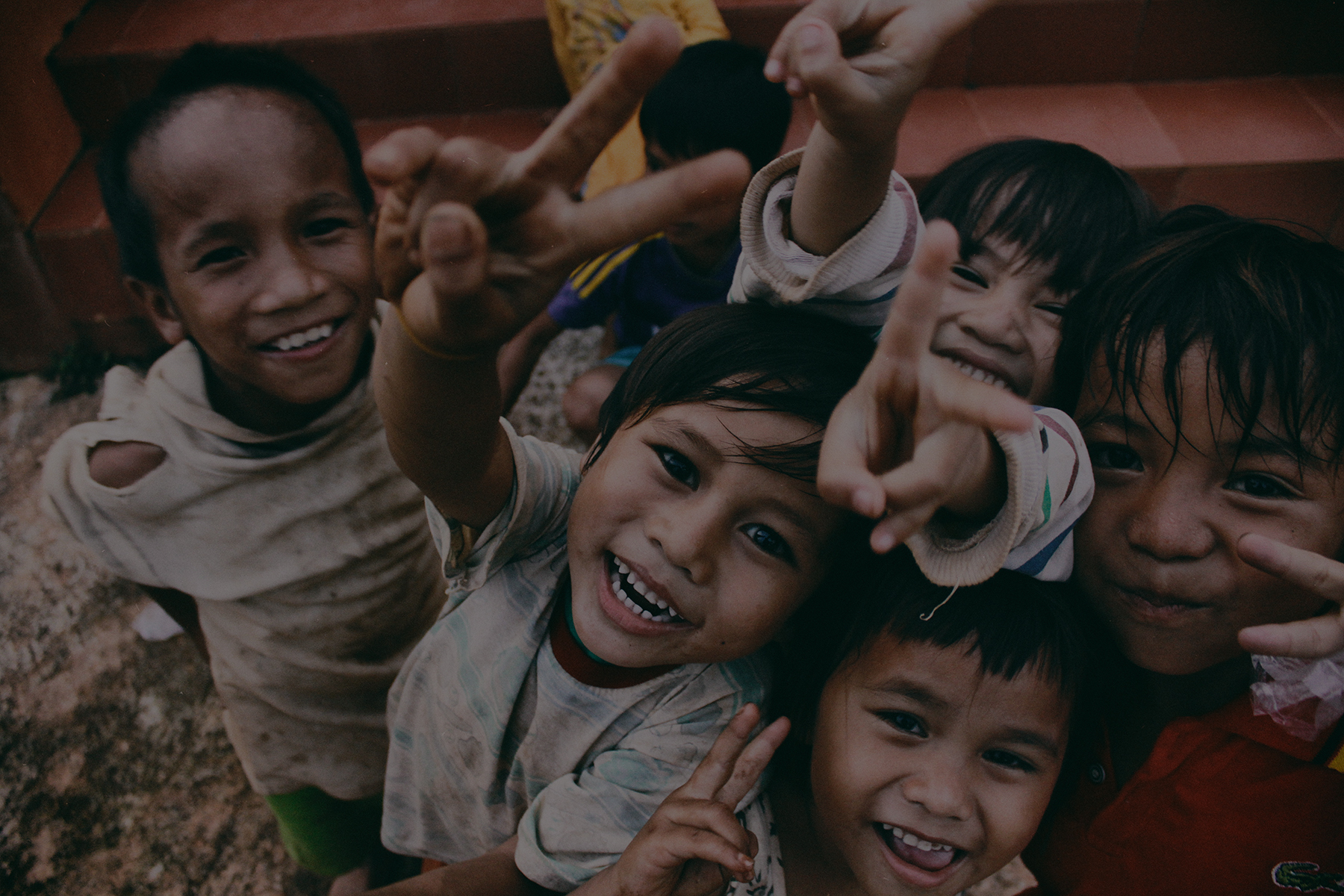Child marriage is rampant in South Asia with 48 per cent of young women reporting being married before the age of 18. Child marriage usually occurs because of poverty and the lack of economic opportunities for girls in rural areas. Girls are either seen as an economic burden or valued as capital for their exchange value in terms of goods, money or livestock. Child marriage may also be seen as a way of protecting young girls and ensuring their security. Research has shown that child brides are often more likely to experience domestic violence and sexual abuse and least likely to take action against this abuse. They attain lower schooling, lower social status in their husbands’ families, have less reproductive control, and suffer higher rates of maternal mortality. They are often forced out of school without an education and experience health problems as their bodies are too immature to give birth.
|
Key Result: By 2015, All States have raised the legal age of marriage for both boys and girls to 18 and implement article 4(3)(d) of the SAARC Convention on Regional Arrangements for the promotion of child welfare in South Asia. Indicators: 1. # of States where 18 is the legal age of marriage for both boys and girls
|


